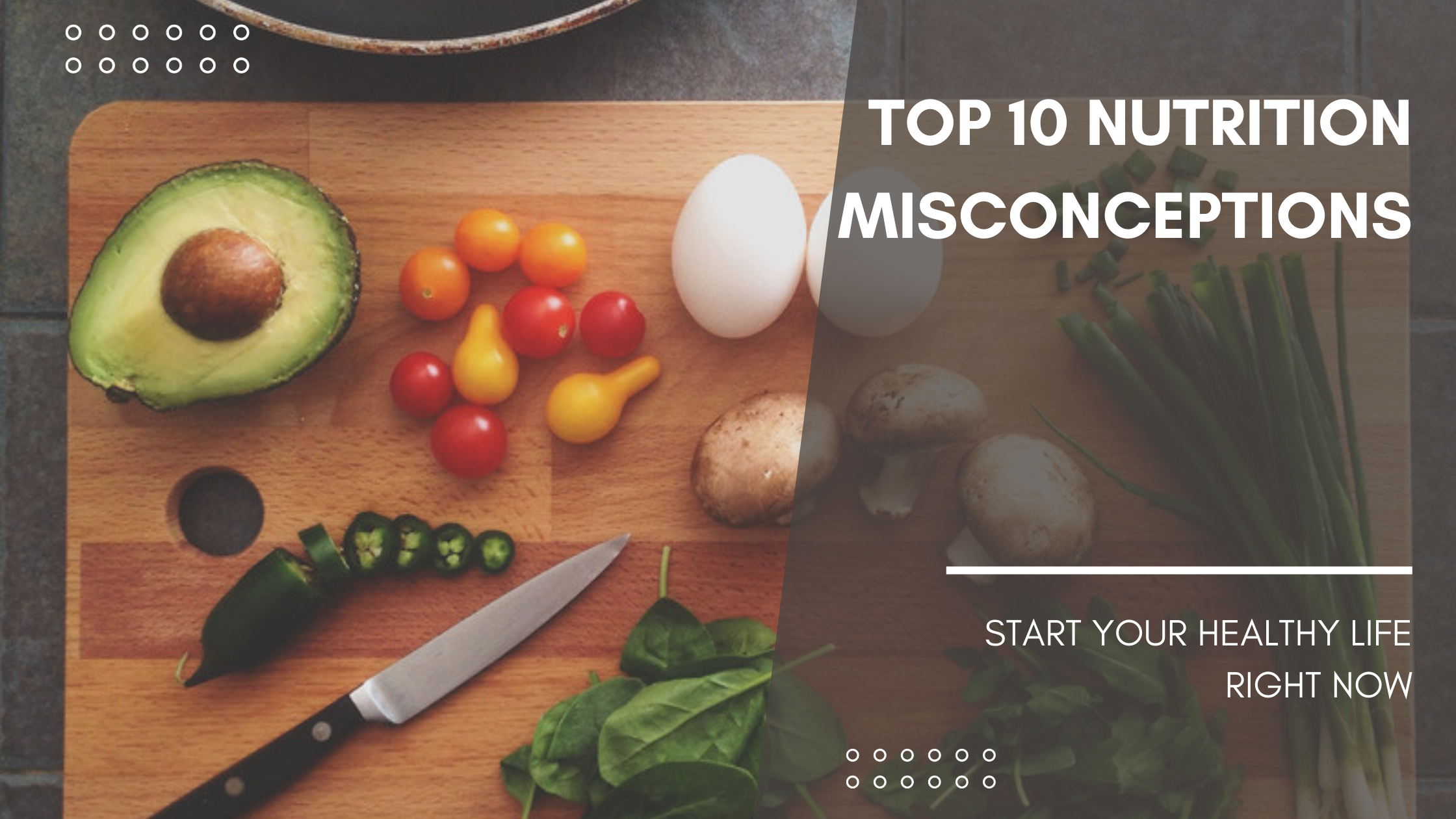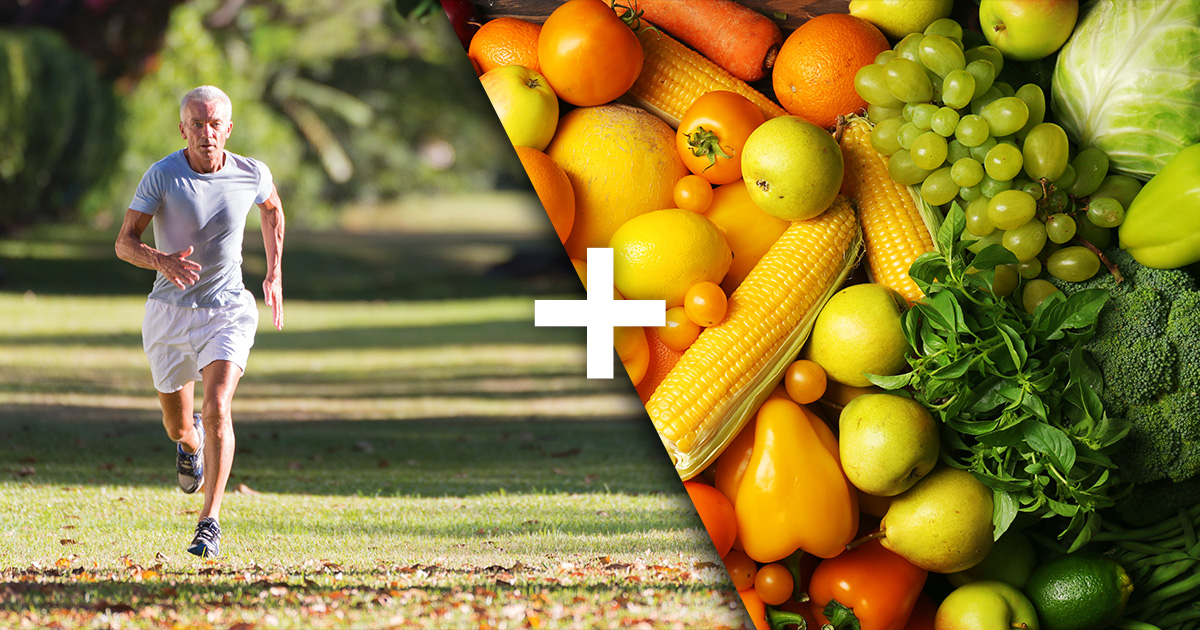TOP 10 Nutrition Myths

You may not know it, but you make intentional choices about how you eat every day. Some are healthy, while others are not. We're debunking the most common nutrition myths and uncovering the truth behind them.
1) You can never eat “junk” food
Some people abstain from all "junk" foods, such as chocolate bars, chips, candies, cookies, cakes, and other sweets. They'll forego a piece of birthday cake or a trip to the ice cream shop with their children. Food, on the other hand, is an important element of our social nature and should be enjoyed. These foods can be incorporated into a healthy diet. The key is to learn to control your cravings and eat these meals in a healthy manner.

Photo by Cottonbro on Pexels.com
2) You should purchase a food because it claims to be "natural"
The government has such a broad definition of "natural" that it appears on everything from cereal boxes to soda cans to meat packages. You're better off disregarding any term on a packaging and reading the ingredients and nutrition facts instead. Don't let the word "natural" deceive you into thinking it equals "healthy." The video listed below will teach you how to read nutrition facts labels.
Video by The Health Nerd on YouTube.com
3) You should eat flax to get your omega-3 fix
Flax is a good source of fibre, but it isn't the best omega-3 source available. Omega-3 fats come in a variety of forms, with some being more effective than others. The ALA form of omega-3s is present in plants such as flax seeds. The other two forms, EPA and DHA, are found in fatty fish such as salmon, sardines, and tuna, and give many of the omega-3 benefits you've read about. If you're getting your omega-3 fix by sprinkling ground flax on your food, you're probably not getting nearly enough.

Photo by Vie Studio on Pexels.com
4) If you exercise, you can eat whatever you want
Do you think you'll be able to reward yourself with a high-fat food after working out? You'll understand what we're talking about once you look at these data. You'd have to swim laps for an hour to "make up" for an order of large fries. Maybe a slice of pepperoni pizza is your guilty pleasure. Let's hope you jogged at a moderate speed for 30 minutes. Balance your physical activity with your calorie consumption to maintain a healthy weight.
 Image Source: si.com
Image Source: si.com
5) You can’t eat late at night
It's not always the best idea to make a broad statement like "I can't eat after 8pm." Does that mean you should miss dinner because you had a busy day and didn't have time to eat it at 6 p.m.? The generalisation does not apply to all people, schedules, or lifestyles. If you get hungry in the middle of the night, here are some healthy snack options to consider.
Video by Magnus Method on YouTube.com
6) You must drink 8 cups of water each day
Stop obsessing over the statistics and start listening to your body! Some people will require more than 8 cups, while others will require less. Many people overlook the fact that fruits and vegetables contribute to our overall fluid requirements (as does juice, soda and even coffee.)
 Image Source: Pinterest.com
Image Source: Pinterest.com
7) It’s important to buy organic food whenever possible
There's no need to waste your money on every organic food available (especially in this economy). Take a look at the Environmental Working Group's list of the most polluted produce (a.k.a. The Dirty Dozen) and spend your organic dollar there if you're attempting to reduce your pesticide exposure. Eating foods grown locally is also a less expensive option. Many local farms cannot afford to be certified organic, yet they employ the same methods.
 Image Source: SPUD.ca
Image Source: SPUD.ca
8) You must take a multivitamin every day
If you don't do your homework, taking supplements might be a slippery slope. A multivitamin is one of the most common vitamins that people believe they need. Even if they appear to be innocuous, you must consider the whole picture — how much of each vitamin is present? Does the multivitamin also include herbs? Do you take any other prescription or over-the-counter medications? It's a good idea to check with your doctor or a trained nutritionist to see if a multivitamin is best for you.

Image Source: Pinterest.com
9) Wheat and whole wheat bread is the same thing
There isn't one type of "wheat" that is created equal. To ensure you're getting the healthiest elements of the whole grain, look for "100% whole wheat" on the label. Wheat bread contains far less fibre than 100 percent whole wheat bread. So, before you go out and buy something, make sure you read the label carefully. Do you want more advice on how to buy healthy bread? See how your favourite brand of whole grain bread fared in our taste test in our earlier post on whole grain bread.
 Photo by Polina Tankilevitch on Pexels.com
Photo by Polina Tankilevitch on Pexels.com
10) If you're following a healthy eating plan, that means you can’t eat any of your favourite foods
Healthy and delectable go together. Think classics like Lasagna, chilli, macaroni salad, baked beans, and fried chicken can't be improved? Think again! You can learn a few cooking tips from HealthyEats and apply them in your own kitchen. You'll be astonished by what you find.
 Photo by Alesia Kozik on Pexels.com
Photo by Alesia Kozik on Pexels.com


